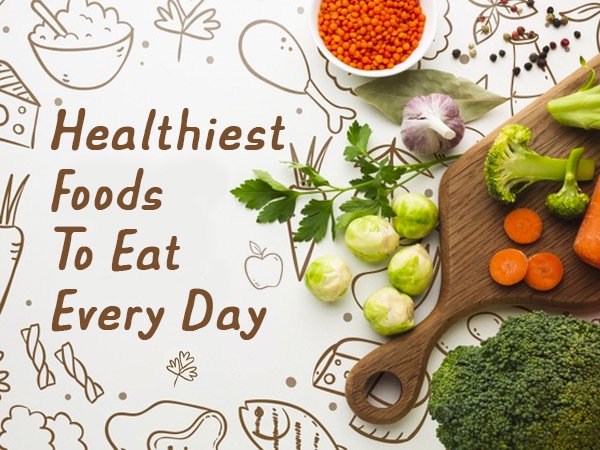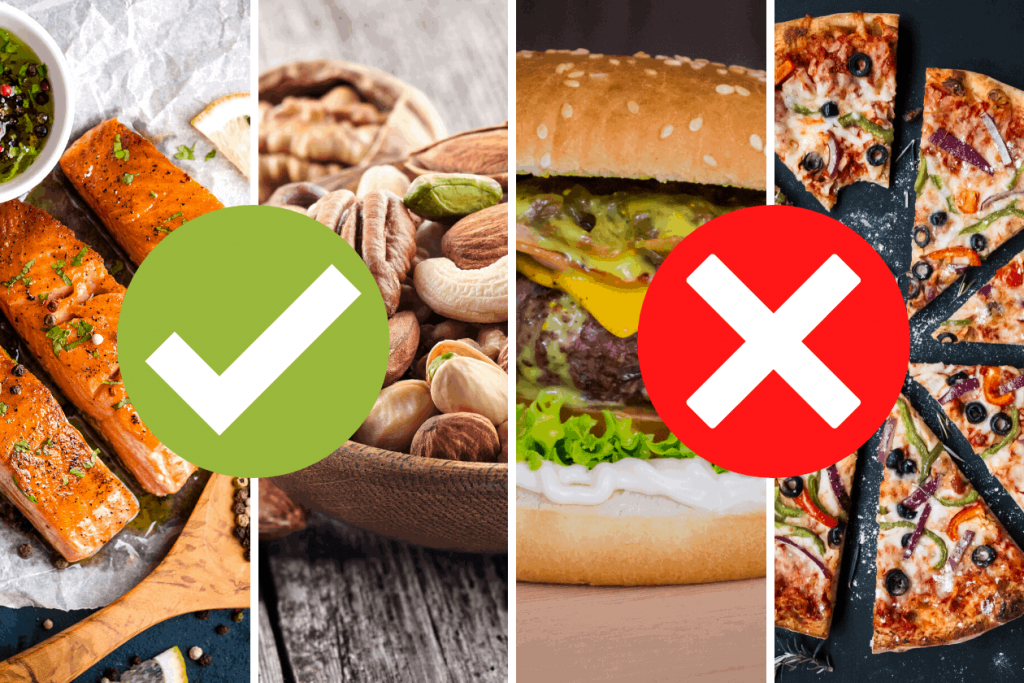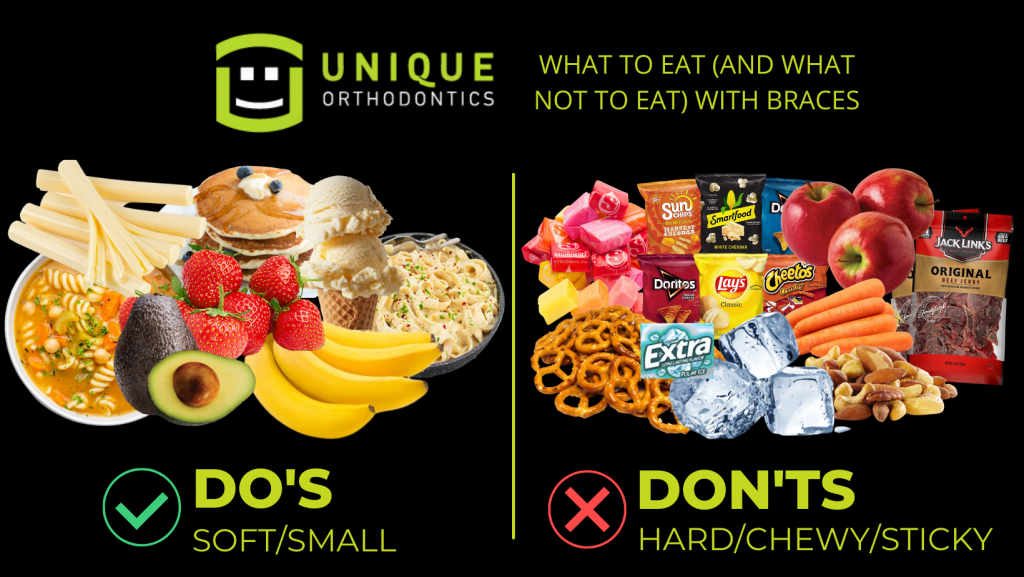
IBS sufferers will love the high fibre fruits. The high fructose levels found in fruit such as pears, apples, and stone fruits are common causes of abdominal pain. Fructose is low in bananas, citrus, fruits, and dried fruits. However, you must avoid cruciferous vegetables like broccoli and cauliflower, which contain large amounts of sulfur. IBS patients should avoid onions.
IBS sufferers will not like oranges because they contain high levels of citric acids, which can be irritating. Kiwis, however, are much more suitable for IBS because they contain a lot less sugar than oranges. The good source of Vitamin C is also found in apples and strawberries, but they are high in fructose. This can trigger IBS flare ups.
Fruits that have high fiber content are best. These fruits are rich in insoluble fiber, which may irritate the IBS intestine. Peeling fruit can help reduce symptoms flare ups. There are many kinds of fruits that are suitable to IBS sufferers. It is possible to find the best ones. They can be rich in vitamins and minerals.

Passion fruit is rich in soluble fiber. It can be eaten in moderation. You should include it in your diet along with other high-soluble fiber fruits. Fruits rich in fructan or FODMAPs can also be found. Monash University FODMAP apps can help you determine the amount of fiber in various fruits. Also, fennel's seeds may help relieve constipation if you love it.
Soda, high-fructose corn syrup, and sodas contain fructose, which can aggravate IBS symptoms. Fruits are also rich in fibers, including soluble fibers. IBS sufferers will find bananas and raisins especially helpful. Both of these foods are rich in soluble fiber and can be helpful for constipation relief. Start with a small serving of each if you aren't sure which food is best. Once you know which foods work best for you, it's time to start trying them.
Irritable bowel syndrome sufferers will find apples a wonderful fruit. Its fiber and vitamins help maintain proper digestion. Your gut health is also maintained by apple juice. People with IBS can also benefit from the anti-inflammatory and antioxidant properties of cumin herb. Its seeds have anti-inflammatory and carminative properties. Cumin seeds are high in fiber and can help with irritable intestinal problems.
Another option is to choose a fruit that can be used for ibs. Apples contain fiber, vitamins, and other nutrients that can help keep your digestive system healthy. Irritatable bowel syndrome symptoms can be eased by eating an apple each day. The cumin seeds can also help to ease symptoms of irritable intestinal syndrome. If you suffer from irritablebowel syndrome, apples may be an excellent option.

Besides being high in fiber, fruits are also rich in vitamins and minerals. Ensure that you avoid foods that contain high amounts of fructose, such as sweets and commercial snacks. It is important to keep a food log in order to determine which foods should be avoided and which are safe. Before you introduce new foods, make sure to consult your doctor if you aren't certain which foods trigger your symptoms.
IBS patients should eat a diet high-in fruits and veggies. However, they should avoid high fructose foods. These foods are high in fructose and can worsen your symptoms. Avoid foods high in fructoses such as processed foods and soft drinks. Low levels of fructose in fruits will not make your symptoms worse.
IBS is best when the fruits are easy to digest. For instance, blueberries are a great source of dietary fiber. They can be eaten to improve digestion. They are high in vitamins, minerals, and other nutrients. For ibs, you should eat fruit and vegetables all the time.
para: Other fruits with an anti-inflammatory action are peppermint or fennel. They are also rich in dietary fibers and antioxidants.
FAQ
Do I need calories to count?
You might be asking "What is the best diet?" or "is counting calories necessary?" It depends on many factors such as your current health, personal goals, preferences, and overall lifestyle.
The Best Diet for Me - Which One is Right For You?
My personal health, goals and preferences as well as my lifestyle determine which diet is best for me. There are many options, both good and bad. Some are better for certain people than others. What can I do to make the right choice? How do I make the right decision?
These are the main questions addressed by this article. It begins with an overview of the different diets today. After that, you will learn about the pros and disadvantages of each type. We'll then discuss how to choose which one is best for you.
Let's first take a look at different diets.
Diet Types
There are three main types, low fat, high protein, or ketogenic diets. Let's talk about them briefly.
Low Fat Diets
A low-fat diet is one that limits the intake of fats. This is done through reducing the intake of saturated fats (butter, cream cheese, etc.) They are replaced by unsaturated fats such as avocados, olive oil, and cream cheese. If you want to lose weight fast and easily, then a low fat diet is often recommended. This diet can cause problems such constipation as heartburn, indigestion, and even stomach pain. It can also lead to vitamin deficiencies, if someone doesn't get enough vitamins in their food.
High Protein Diets
High protein diets are known to restrict carbohydrate intake and promote the consumption of proteins. These diets often have higher levels of protein than most other diets. These diets can help increase muscle mass and decrease calories. They may not be able to provide sufficient nutrition for people who need it. They can also be very restrictive so they may not be suitable for everyone.
Ketogenic Diets
Also known as keto diets, ketogenic diets are also called keto diets. They are high in fat, moderately high in protein and low in carbohydrates. These are often used by bodybuilders and athletes because they allow them the ability to train harder and for longer periods of time without feeling tired. You must adhere to all side effects, including fatigue, headaches, nausea and headaches.
What are the top 10 healthy habits?
-
Eat breakfast every day.
-
Don't skip meals.
-
Be balanced.
-
Drink plenty of water
-
Take care your body.
-
Get enough sleep.
-
Avoid junk food.
-
Get at least one form of exercise each day.
-
Have fun
-
Meet new people.
What is the difference between a calorie or a kilocalorie.
Calories measure the energy content of food. A calorie is a unit of measure. One calorie is the amount of energy required to heat one gram water one degree Celsius.
Kilocalories are another term for calories. Kilocalories equal one thousandth of a calorie. 1000 calories, for example, equals one kilocalorie.
Statistics
- In both adults and children, the intake of free sugars should be reduced to less than 10% of total energy intake. (who.int)
- The Dietary Guidelines for Americans recommend keeping added sugar intake below 10% of your daily calorie intake, while the World Health Organization recommends slashing added sugars to 5% or less of your daily calories for optimal health (59Trusted (healthline.com)
- According to the Physical Activity Guidelines for Americans, we should strive for at least 150 minutes of moderate intensity activity each week (54Trusted Source Smoking, harmful use of drugs, and alcohol abuse can all seriously negatively affect your health. (healthline.com)
- WHO recommends reducing saturated fats to less than 10% of total energy intake; reducing trans-fats to less than 1% of total energy intake; and replacing both saturated fats and trans-fats to unsaturated fats. (who.int)
External Links
How To
What does the "vitamins” word mean?
Vitamins are organic compounds found naturally in food. Vitamins are necessary for us to absorb nutrients in the foods we consume. Vitamins cannot be produced by the body. They must be acquired from food.
There are two types vitamins: water soluble or fat soluble. Water soluble vitamins dissolve easily in water. Examples include vitamin C,B1 (thiamine), B2 (riboflavin), B3 (niacin), B6 (pyridoxine), folic acid, biotin, pantothenic acid, and choline. The liver and fatty tissues are home to fat-soluble vitamins. These include vitamin D, E and K, as well as beta carotene.
Vitamins are classified according to their biological activity. There are eight major groups of vitamins:
-
A - Vital for normal growth and maintaining good health.
-
C - vital for proper nerve function, and energy production.
-
D - Vital for healthy bones and teeth
-
E - needed for good vision and reproduction.
-
K - Required for healthy nerves and muscles.
-
P - vital for building strong bones andteeth.
-
Q – aids digestion of iron and iron absorption
-
R - Red blood cells are made from red blood cells.
The recommended daily intake (RDA), of vitamins varies with age, gender and physical condition. The U.S. Food and Drug Administration has established the RDA values.
For adults 19 years and over, the RDA of vitamin A is 400mg per day. However, pregnant women need 600 micrograms per day because it is important for fetal development. Children ages 1-8 require 900 micrograms per day. Infants below one year old require 700mg per day. But, between 9 months to 12 months, the amount drops to 500mg per day.
Children between the ages 1--18 years old who are overweight or obese require 800 micrograms per Day, while those who are overweight or obese need 1000 micrograms. To meet their nutritional needs, children underweight and obese require 1200 micrograms a day.
Children 4-8 years old who have anemia must consume 2200 micrograms of Vitamin C daily.
2000 micrograms daily is required for adults over 50 to maintain their general health. Breastfeeding or pregnant women require 3000 micrograms per daily due to higher nutrient demands.
1500 micrograms are required daily by adults over 70 because they lose approximately 10% of their muscle each decade.
Women who have been pregnant or are lactating require more than the RDA. Pregnant and breastfeeding women require 4000 micrograms each day during pregnancy and 2500 Micrograms each day after delivery. Breastfeeding mothers require 5000 micrograms daily when breast milk production is occurring.